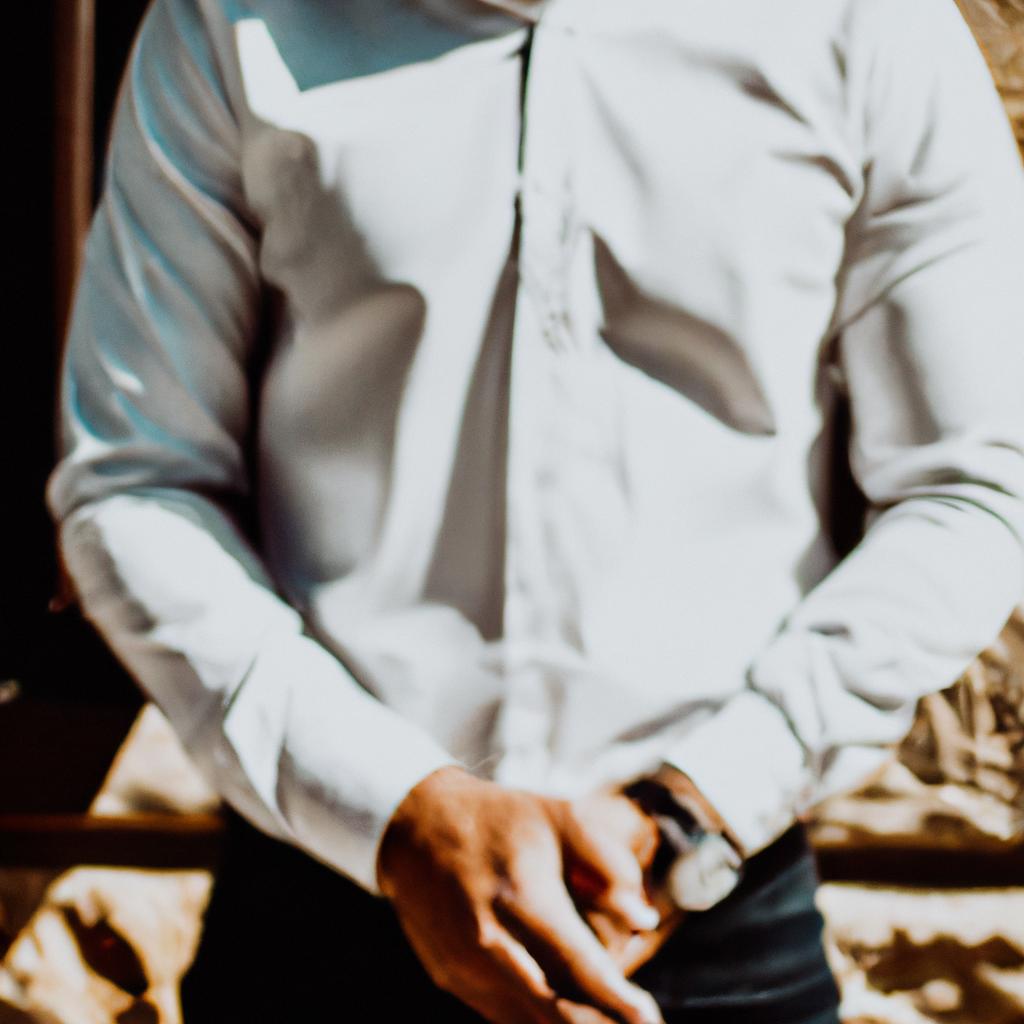
Introduction to Business Casual: Navigating the Dress Code
Business casual is a term that is commonly used in professional settings, but what does it really mean? In simple terms, it is a dress code that incorporates elements of both formal and casual attire, creating a more relaxed and comfortable yet still professional look. While dress codes can vary depending on the industry, company, or event, business casual has become a popular choice for many workplaces.
What sets business casual apart from other dress codes, such as formal or casual, is its versatility. It allows individuals to express their personal style, while still presenting a polished and put-together appearance. Business casual attire strikes a balance between being too formal, like a suit and tie, and too casual, like jeans and a t-shirt.
Now that we have a basic understanding of what business casual is, let’s dive deeper into how it differs from other dress codes.
- Formal attire: This typically includes a suit, tie, and dress shoes for men, and a tailored dress or skirt suit for women. It is often reserved for very formal occasions, such as weddings or black-tie events.
- Casual attire: This is more relaxed and comfortable, often including items like jeans, t-shirts, and sneakers. While it may be appropriate for certain social events, it is not suitable for a professional workplace.
Business casual, on the other hand, presents a middle ground between these two dress codes. It allows for more freedom in terms of clothing choice, while still maintaining a level of professionalism.
Understanding the nuances of business casual dress code is crucial for navigating the workplace and presenting yourself in the best light. In the next section, we will explore the importance of understanding your industry and company culture when it comes to dressing in business casual attire.
Understanding the Industry and Company Culture
When it comes to dressing in a business casual environment, one of the most important factors to consider is understanding the culture of your workplace. This can vary greatly depending on the industry you work in and the specific company you are employed by. Taking the time to understand these elements will not only help you determine the appropriate attire, but also demonstrate your awareness and professionalism.
One of the first steps in understanding your workplace’s culture is to observe what others are wearing. Pay attention to how your colleagues and superiors dress on a daily basis. Are they more formal or more relaxed in their attire? This can give you insight into the general expectations and norms within your company.
Additionally, familiarizing yourself with the industry you work in can also give you a better understanding of the appropriate dress code. For example, a business casual outfit in a finance or law firm may be more formal than one in a creative or tech company.
It’s important to also consider the company culture, which can vary even within the same industry. Some companies may have a more traditional and conservative approach to their dress code, while others may be more modern and flexible. Understanding the values and beliefs of your company can help guide your clothing choices.
Another aspect to consider is your role within the company. If you are in a customer-facing position or have client meetings, your attire may need to be slightly more formal compared to someone who works primarily behind the scenes. It’s also important to take into account any specific dress codes that may exist for certain departments or positions within the company.
In addition to understanding the culture of your workplace, it’s also important to be mindful of any cultural or religious sensitivities. Certain attire may be more appropriate or required for individuals based on their cultural or religious beliefs. Being respectful and understanding of these differences is crucial in a professional environment.
In summary, understanding the industry and company culture is essential in navigating the business casual dress code. Taking the time to observe and learn about these elements will not only help you determine appropriate attire, but also demonstrate your professionalism and respect for your workplace.
Key Elements of a Business Casual Outfit
When it comes to dressing for a business casual environment, there are a few key elements that you should keep in mind. These include tops, bottoms, shoes, and accessories.
Tops
The first thing to consider when choosing a top for a business casual outfit is the material. Generally, fabrics such as cotton, silk, and rayon are appropriate for this dress code. Avoid materials that are too revealing or flashy, as they may not be seen as professional.
In terms of style, collared shirts, blouses, and knit tops are all suitable options. However, make sure that your top is not too tight or low-cut, as this can come across as unprofessional.
Bottoms
For bottoms, slacks, chinos, khakis, and knee-length skirts are all acceptable choices. Avoid wearing jeans or shorts, as they are generally considered too casual for a business setting.
When it comes to fit, make sure that your bottoms are not too tight or revealing. Stick to a comfortable fit that still looks professional.
Shoes
Shoes are an important component of a business casual outfit. Closed-toe shoes are usually preferred, but depending on your industry and workplace culture, peep-toe or open-toe shoes may also be acceptable. Just make sure they are clean, polished, and in good condition.
Avoid wearing overly casual shoes, such as sneakers or flip-flops, as they can make your outfit look too relaxed for a business setting.
Accessories
Accessories can add a touch of personality to your business casual outfit, but be careful not to go overboard. A simple watch, necklace, or earrings can complement your look without being too distracting.
When it comes to colors and patterns, it’s best to stick to more neutral tones and classic styles. Avoid loud or flashy accessories that may be seen as unprofessional.
- Do keep it modest and professional.
- Do ensure that your clothes are clean, ironed, and in good condition.
- Do opt for comfortable and appropriate shoes.
- Don’t wear revealing or too tight clothing.
- Don’t be afraid to ask for clarification on the dress code if you’re unsure.
Remember, business casual is all about maintaining a professional appearance while still being comfortable. By keeping these key elements in mind, you can create a suitable and stylish outfit for your workplace.
Combining Comfort and Professionalism
One of the main challenges of dressing in a business casual environment is finding a balance between looking professional and feeling comfortable. While it may seem like a simple task, it can be tricky to achieve, especially if you are used to more formal dress codes. Here are some tips to help you navigate this balancing act:
- Choose fabrics wisely: When selecting your business casual attire, opt for fabrics that are both professional-looking and comfortable. Materials such as cotton, silk, and wool blends are great options as they are breathable and have a polished appearance.
- Avoid overly tight or revealing clothing: While comfort is important, it’s crucial to remember that you are still in a professional setting. Avoid items like tight-fitting tops or skirts, low-cut blouses, or see-through fabrics. These can come across as unprofessional and may make you feel uncomfortable throughout the day.
- Invest in quality shoes: In a business casual environment, your shoes can make or break your outfit. Make sure to invest in high-quality shoes that are both stylish and comfortable. This will not only make you look put-together but also ensure that you can walk around comfortably all day.
- Layer up: One of the great things about business casual attire is that it allows for layering. This means you can add or remove items depending on your comfort level. For example, if you feel warm during the day, you can take off your blazer or cardigan, but still maintain a polished look with your top and pants.
- Stick to a neutral color palette: A simple way to achieve a professional yet comfortable look is by sticking to a neutral color palette. Black, navy, grey, and white are all classic colors that are appropriate for a business casual environment. These colors are also easy to mix and match, making it easier to create different outfits with minimal pieces.
Remember, feeling comfortable in your outfit will not only boost your confidence but also allow you to focus on your work without any distractions. Keep these tips in mind, and you’ll find the perfect balance between comfort and professionalism in your business casual attire.
Special Occasions and Exceptions
Business casual dress code may seem straightforward, but there are certain situations where it can get a little confusing. Here are some tips on how to navigate business casual attire for special occasions and handle exceptions.
Conferences and Interviews
When attending conferences or job interviews, it’s important to dress to impress while still adhering to the business casual dress code. This means opting for more formal business casual attire, such as tailored pants or a skirt with a blazer for women, or a button-down shirt with dress pants and a tie for men. Avoid wearing anything too flashy or casual, such as jeans or sneakers, as this may give off the wrong impression.
Exceptions to the Dress Code
There may be circumstances where exceptions to the business casual dress code apply. For example, if you work in a creative industry or startup, the dress code may be more relaxed and allow for more personal expression in your outfit choices. However, it’s always important to check with your HR department or supervisor to ensure you’re not violating any company policies.
In some cases, there may also be themed or casual dress days at the office. While these events are meant to be fun and allow for more creativity in your outfit, make sure to still follow the general guidelines of business casual attire. This means avoiding revealing clothing, graphic t-shirts, and overly casual pieces like shorts or flip flops.
Finally, it’s important to remember that when in doubt about what is appropriate for a specific event or occasion, it’s always better to err on the side of caution and dress more professionally than too casually. Your appearance reflects your level of respect for yourself, your colleagues, and the company.
A Note on Grooming
While we’ve mainly focused on clothing, it’s also crucial to pay attention to your grooming when adhering to a business casual dress code. This means keeping your hair neat and professional, avoiding excessive jewelry and heavy makeup, and opting for clean and well-maintained shoes.
Conclusion
When navigating the business casual dress code, remember to consider the industry and company culture, aim for a balance of comfort and professionalism, and be aware of any exceptions or special occasions. By following these tips and using them as a guide, you’ll look and feel confident in your business casual attire while still representing yourself and your workplace in a respectful and appropriate manner.
Dos and Don’ts of Business Casual Attire
- Do understand the company and industry culture and dress accordingly.
- Do opt for comfortable yet professional attire.
- Do ensure your clothing is clean, well-fitted, and in good condition.
- Don’t wear anything too revealing or casual.
- Don’t forget to pay attention to grooming and overall appearance.
- Don’t assume that all business casual dress codes are the same – always clarify with your workplace.
Dos and Don’ts of Business Casual
After understanding the key elements of a business casual outfit, it’s important to also keep in mind some dos and don’ts when dressing for a business casual environment. These guidelines will help you maintain a professional and appropriate appearance at work.
- Do stick to neutral and classic colors such as black, navy, grey, and white.
- Don’t wear anything too revealing or tight.
- Do choose pieces that are well-fitted and tailored.
- Don’t wear clothing with loud prints or patterns.
- Do opt for comfortable yet polished footwear, such as loafers or dress shoes.
- Don’t wear sneakers or sandals unless they are specifically allowed by your company’s dress code.
- Do keep accessories minimal and understated.
- Don’t wear flashy or distracting jewelry.
- Do make sure your clothing is clean, pressed, and wrinkle-free.
- Don’t wear ripped or stained clothing.
- Do experiment with layering different pieces for a more stylish look.
- Don’t overdo it with layers and end up looking bulky or messy.
- Do follow the company’s dress code guidelines for special occasions and events.
- Don’t assume that business casual attire is appropriate for all situations.
- Do pay attention to details, such as tucking in your shirt and ironing your collars.
- Don’t neglect small details that can make a big difference in your overall appearance.
- Do ask for clarification if you are unsure about whether or not an outfit is appropriate for the business casual dress code.
- Don’t risk violating the dress code and potentially facing consequences.
Remember, the key to business casual attire is to maintain a professional and put-together look while still being comfortable. By following these dos and don’ts, you can navigate the business casual dress code with ease and confidence.
comments: 0


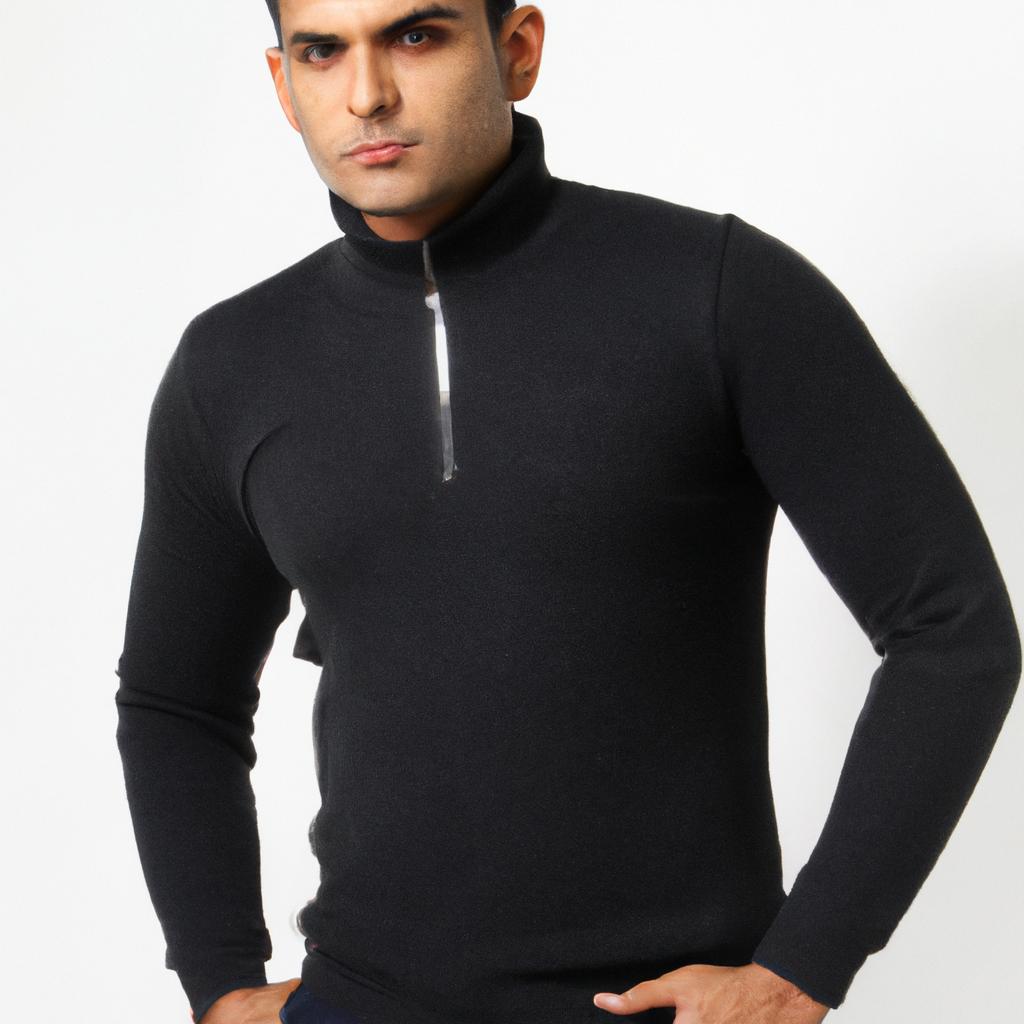 Elevate Your Style: Mastering Understated Elegance for Men – A Guide
Elevate Your Style: Mastering Understated Elegance for Men – A Guide 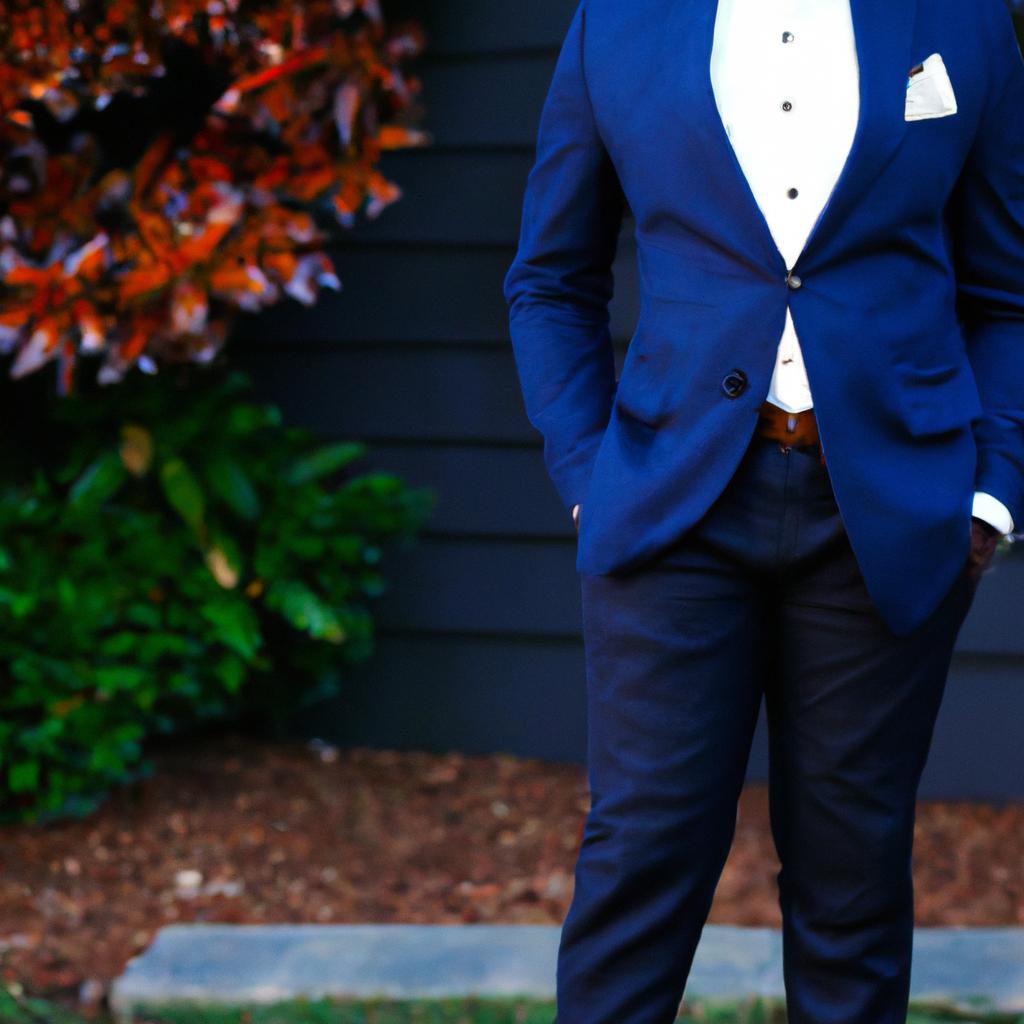 Elevate Your Style with These Menswear Must-Haves – Essential Wardrobe Pieces Every Man Needs
Elevate Your Style with These Menswear Must-Haves – Essential Wardrobe Pieces Every Man Needs 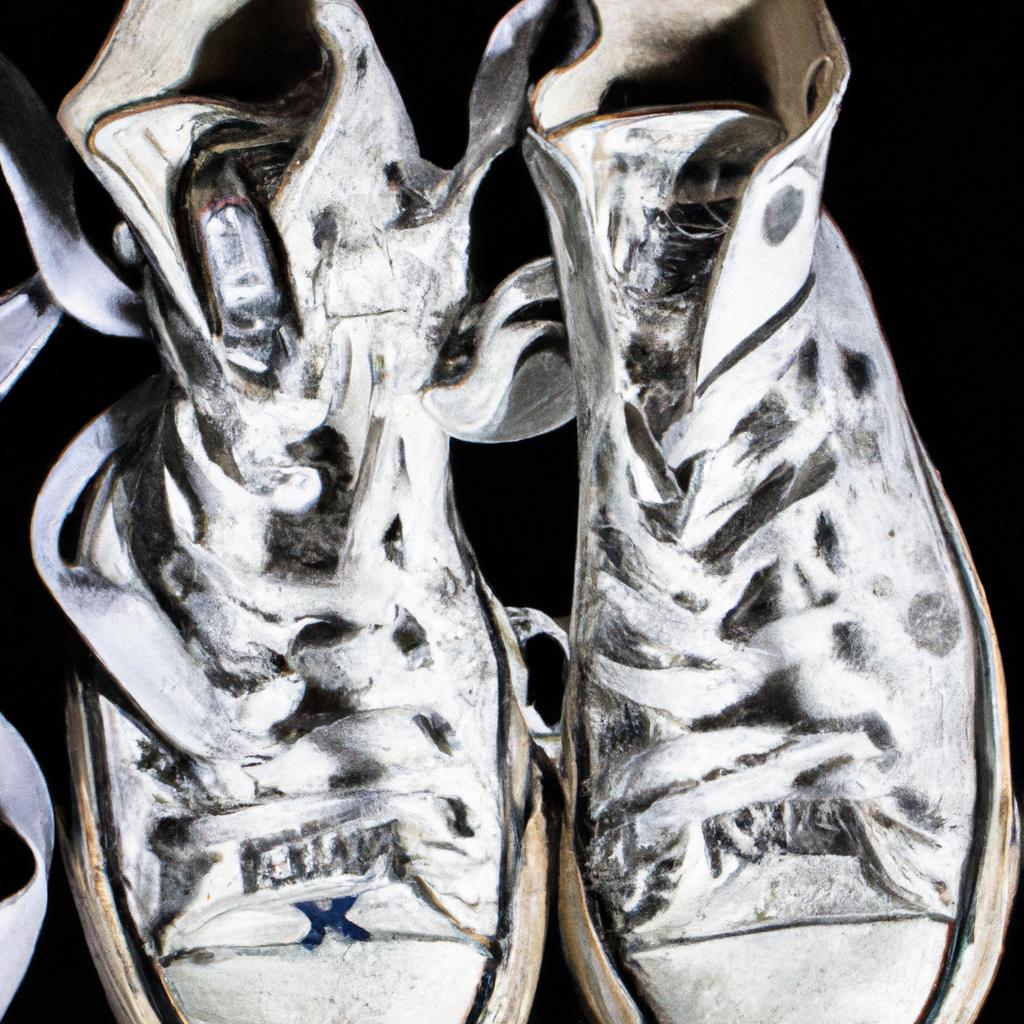 VALUE!:excerptstartDiscover the captivating story of sneakers and their influence on fashion. Learn how to make this art form a part of your personal style
VALUE!:excerptstartDiscover the captivating story of sneakers and their influence on fashion. Learn how to make this art form a part of your personal style 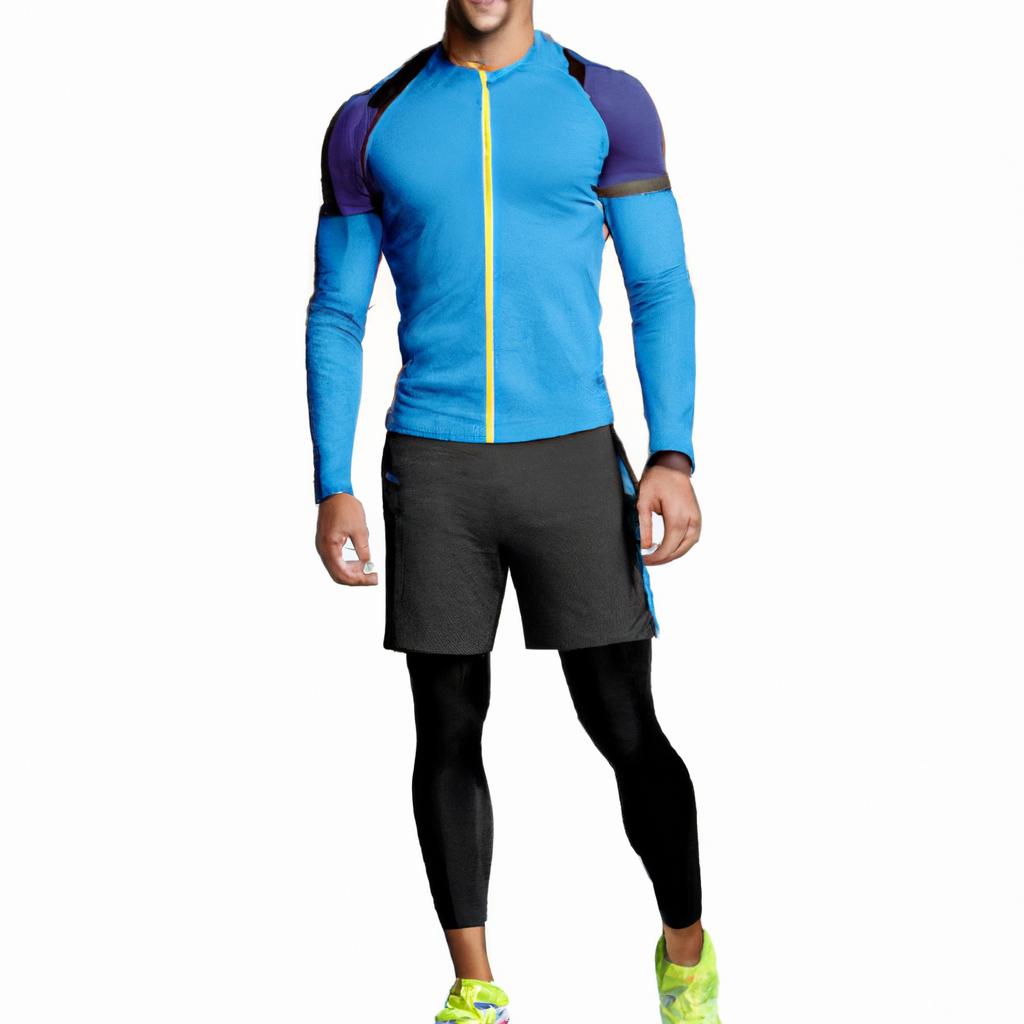 Unleashing the Power of Fashion for Athletes: Striking a Balance Between Performance and Style
Unleashing the Power of Fashion for Athletes: Striking a Balance Between Performance and Style 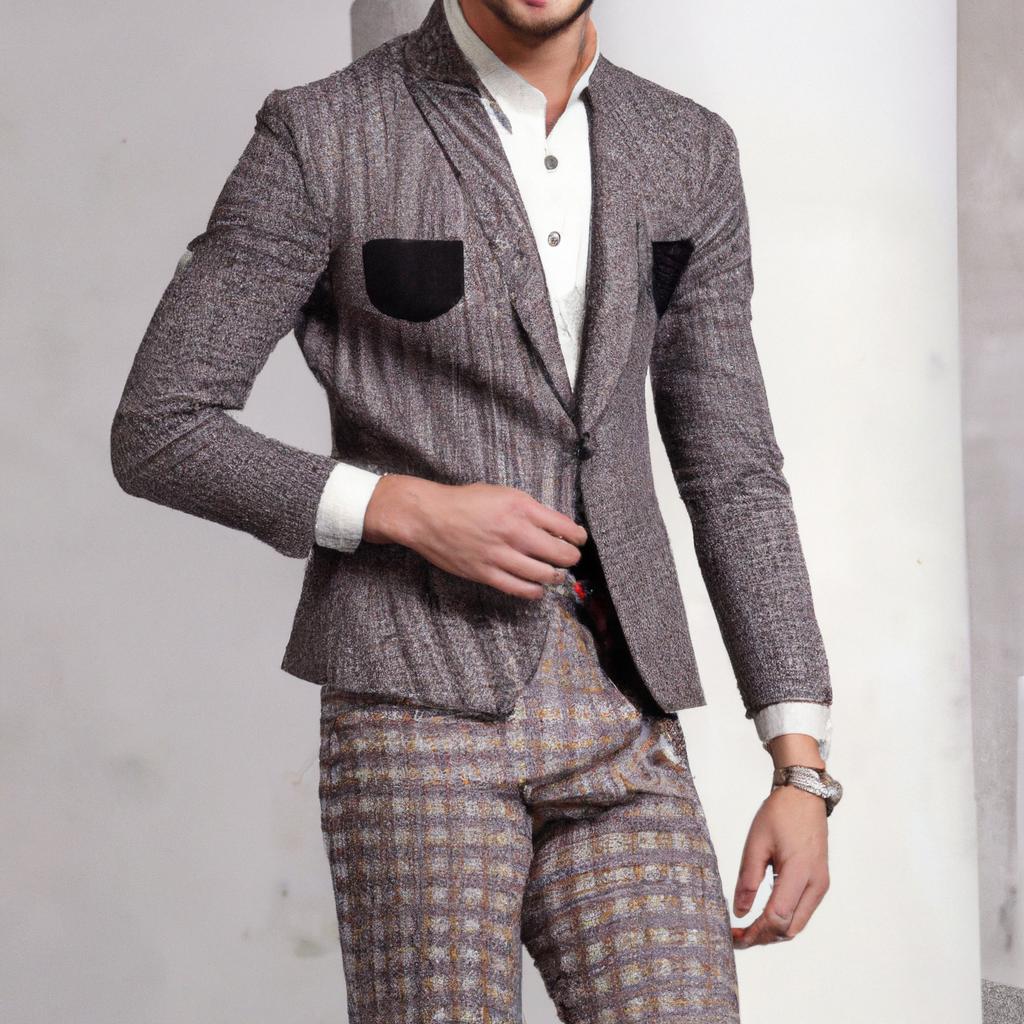 The Renaissance of Vintage Menswear: Combining Retro Styles with a Modern Edge
The Renaissance of Vintage Menswear: Combining Retro Styles with a Modern Edge 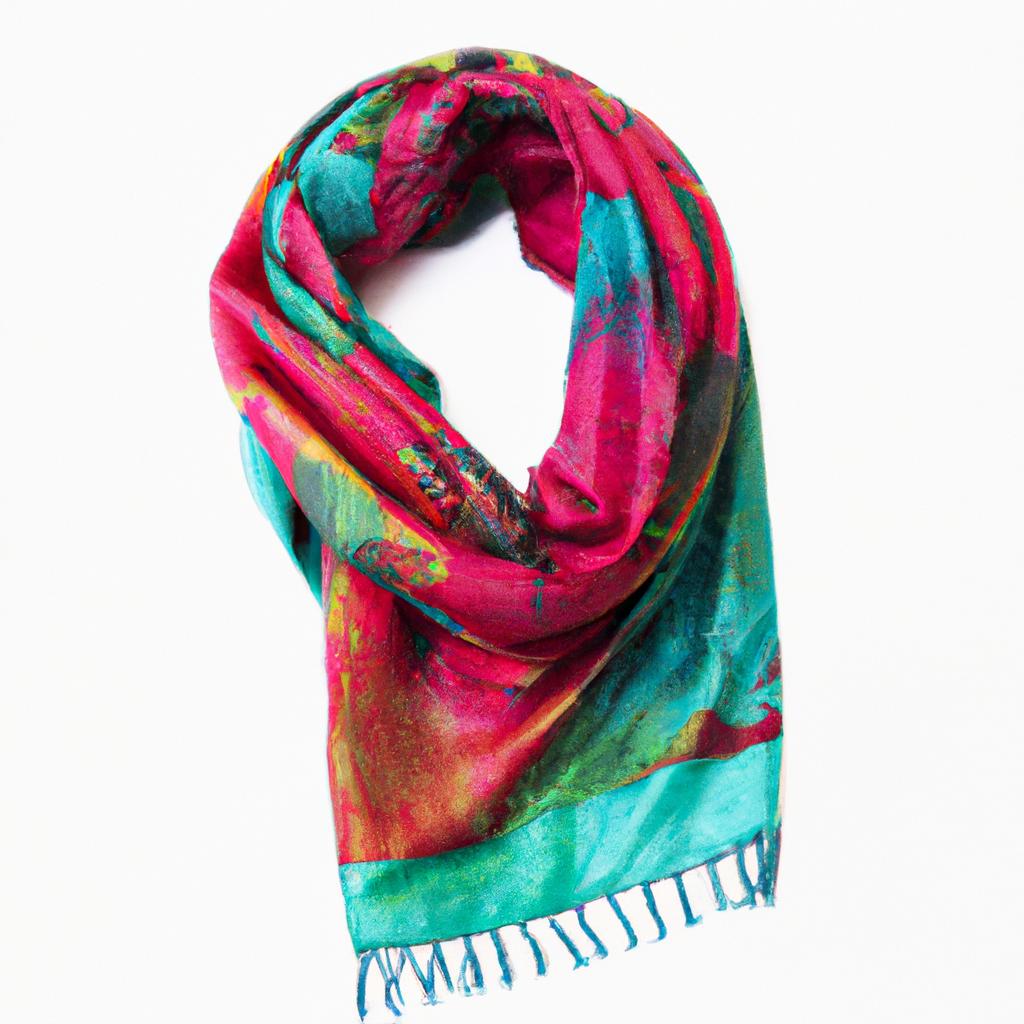 Age is Just a Number: How Fashion Transcends All Generations
Age is Just a Number: How Fashion Transcends All Generations 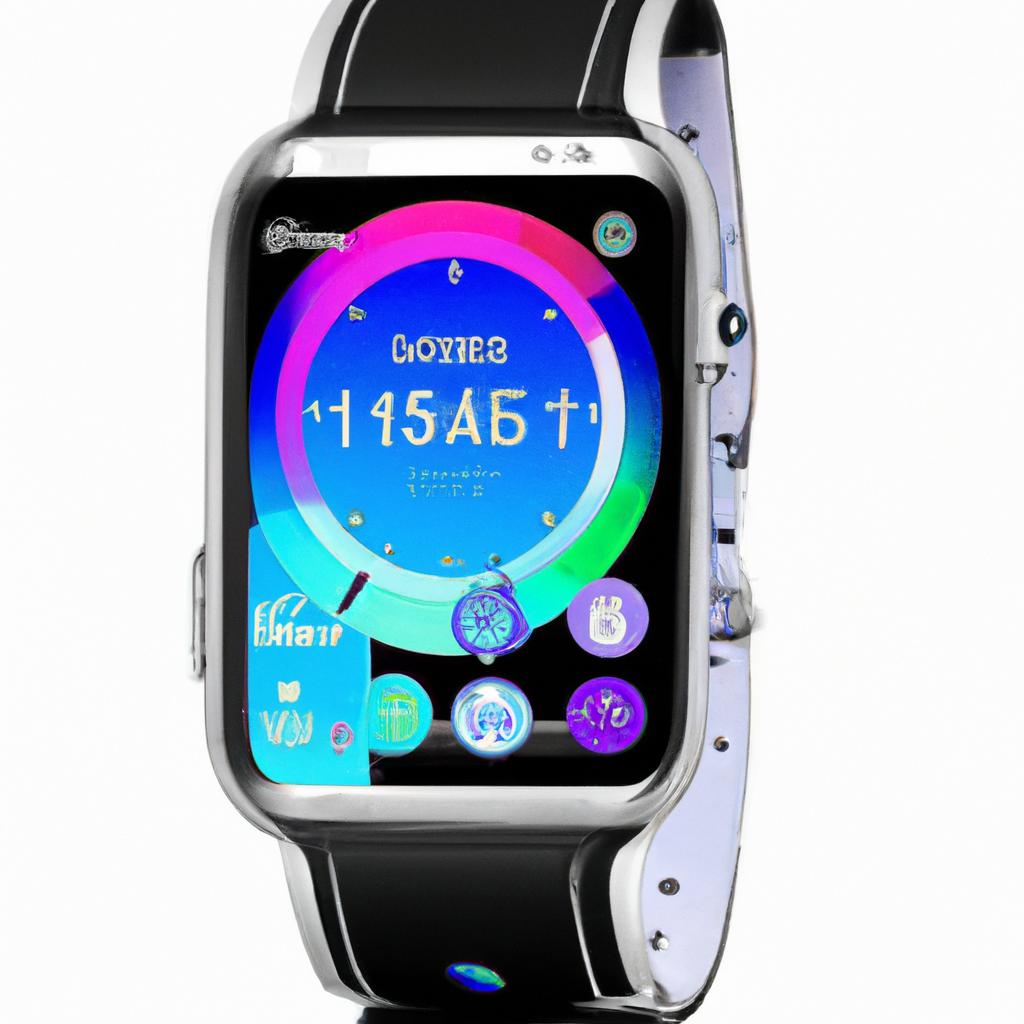 Revolutionizing Fashion: How Technology is Shaping the Industry Today
Revolutionizing Fashion: How Technology is Shaping the Industry Today  From East to West: Exploring Global Fashion Trends Across Continents
From East to West: Exploring Global Fashion Trends Across Continents  Cruising in Style with CarmelLimo: Because You Deserve to Feel Fancy
Cruising in Style with CarmelLimo: Because You Deserve to Feel Fancy 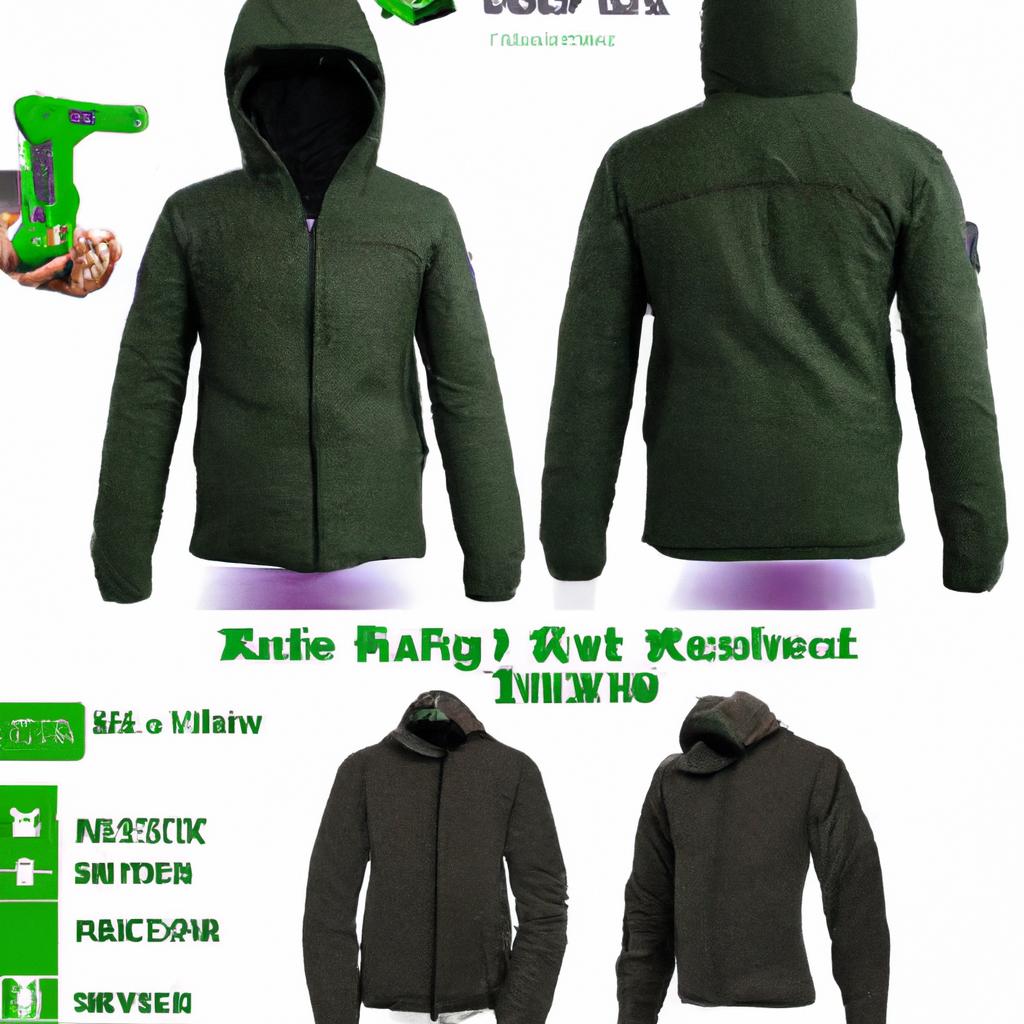 Dress to Impress: Essential Menswear for Every Weather Condition
Dress to Impress: Essential Menswear for Every Weather Condition